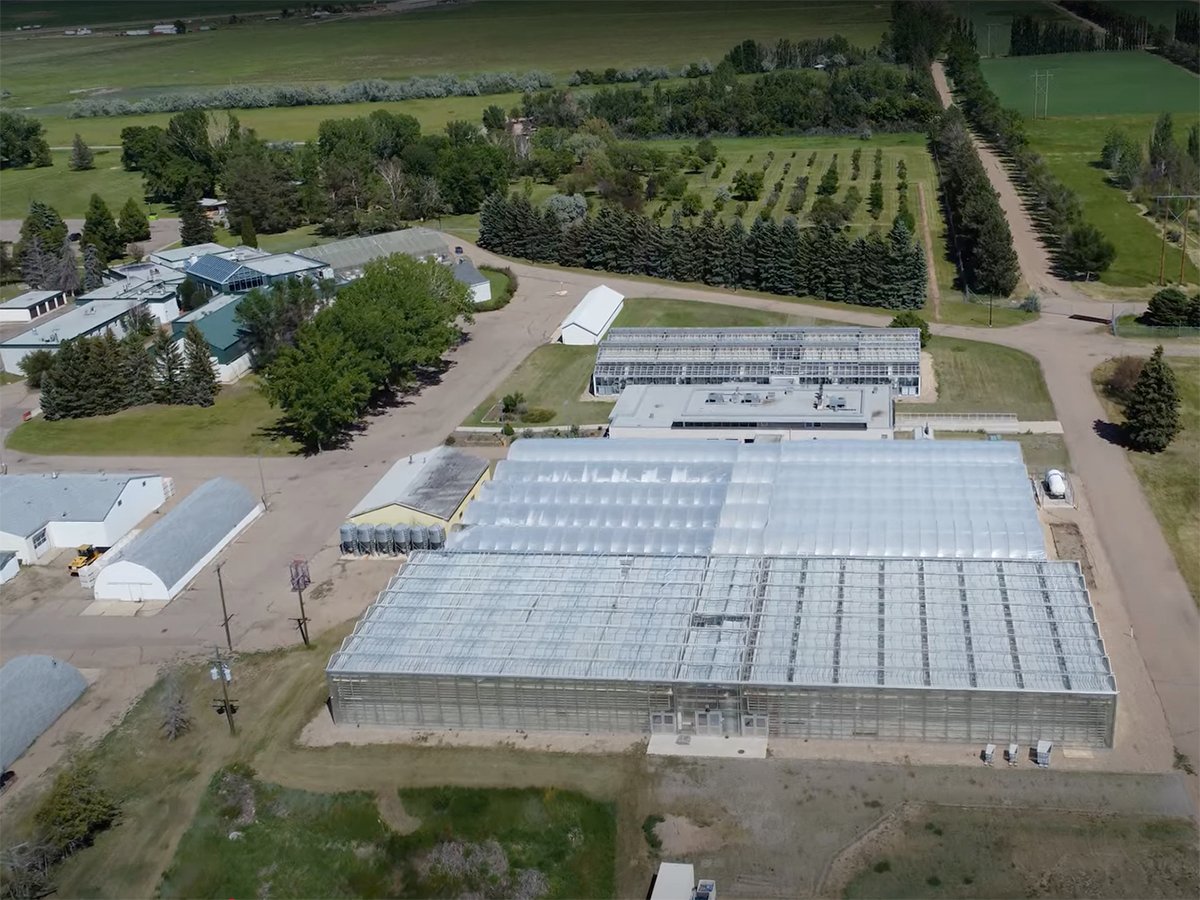LONDON, U.K. (Reuters) –Great Britain has been charged with needlessly slaughtering hundreds of thousands of animals to combat foot-and-mouth disease. Analysts also said a misguided government strategy may have encouraged the spread of the epidemic.
Britain’s struggle since February to contain the livestock disease has provoked rage in the countryside over the cull of healthy animals considered to be at risk of infection.
Almost 3.5 million animals have been culled under different policies — two of the most controversial being the slaughter of animals on farms neighbouring those with the disease and of all livestock in a three kilometre zone around infected premises.
Read Also

Alberta crop diversification centres receive funding
$5.2 million of provincial funding pumped into crop diversity research centres
Some scientists advising the government said such policies had failed to curtail the spread of the disease and instead caused unnecessary hardship for rural communities.
“The key success measure in controlling foot-and-mouth disease is bravery in leadership,” said Dick Sibley, president of the British Cattle Veterinary Association.
“You have to say ruthlessly that animals have to die. But I think in hindsight there has been overkill.”
Sibley, who now sits on the government’s scientific advisory group, said the computer models used to develop the extended culling policy were based on faulty data.
“The extended cull was based on a mathematical model and our problem was … that the data may have been inaccurate. The data weren’t correct from the field because they were collected under duress and with a lot of difficulty.”
He said the model was created using data generated mostly from Cumbria in northwestern England, where the worst of the outbreak occurred. It reflected the way the disease was being propagated in one small region and then generated a policy to be mapped onto the rest of the country, he added.
“We did not know if the other outbreaks were following the same pattern.”
Sibley said the agriculture ministry failed to employ the new policy of slaughtering at neighbouring farms — the so-called contiguous cull — in Cumbria, but the disease died down there.
Other places, like Devon in southern England, were still getting cases when the contiguous cull was in place, he said.
Scientists say the ministry overplayed the risk of airborne spread of the highly infectious disease, and adopted strategies in a knee-jerk fashion.
Some policies may have helped spread the disease, which has cost the food, agriculture and tourism industries billions of dollars.
Neil Ferguson of London’s Imperial College School of Medicine, who advised the government to adopt the contiguous cull, agreed that models used to support the extended slaughter program might have been short of reality.
“All models are (simplifications) … and there is a real dearth of critical experimental epidemiological data to put in lots more detail.”
He said that he urged an earlier start to the contiguous cull.
Ferguson, whose models shaped government policy, said other culls should not have been adopted and only led to the unnecessary slaughter of healthy animals.
“My personal view is that the three km and local sheep culls had some effect, but were not particularly efficient policies,” he said.
“They could have had the same effect more efficiently by concentrating on the contiguous cull and slaughtering fewer animals …. I would say that a lot of that culling was not recommended at the committee on which I sat.”
Ferguson said the ministry should have concentrated on killing animals on infected farms and neighbouring farms, which would have saved more than 50 percent of the total number of animals slaughtered.
Ferguson and Sibley said the government might now be encouraging new outbreaks of the disease by relaxing strict animal movement restrictions to appease the farming community.
“You cannot afford to relax and that is what is happening,” Sibley said.
“People are getting complacent. There is a sting in the tail.”














